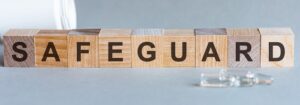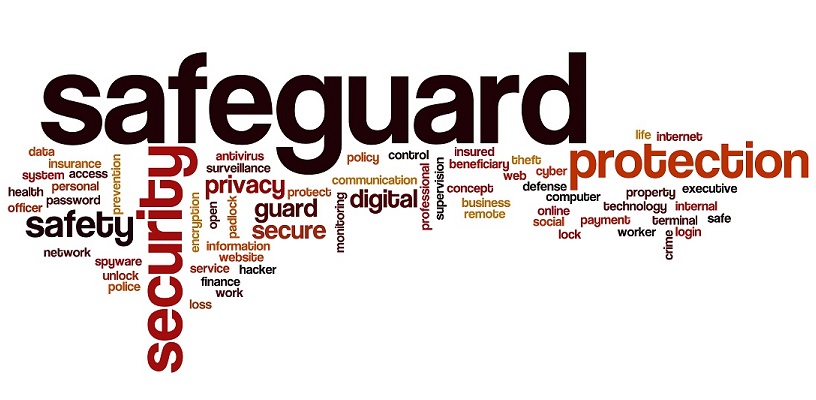Perhaps one of the most fundamental of all the CQC standards is that of keeping people safe from abuse; that is safeguarding; https://www.cqc.org.uk/what-we-do/how-we-do-our-job/safeguarding-people. This not only means from the abuse that other people might inflict on someone at risk, but also in terms of the care that an individual receives, what the CQC call “improper treatment”. This is not always easy to understand but the CQC suggest that people in care can expect to be free from:
- Neglect
- Degrading treatment
- Unnecessary or disproportionate restraint
- Inappropriate limits on your freedom
What then is abuse and why is it important to care staff to know this and how safeguarding works to prevent it? Let’s answer the second question first, because it is fundamental to what follows.
The recognized forms of abuse, from which people need safeguarding, are identified here:
Physical Abuse
This includes:
- rough handling
- using incorrect moving and handling techniques
- slapping / pinching / kicking
- over / inappropriate use of restraint
- deliberately leaving someone uncomfortable
- deliberately overmedicating someone, e.g., sedation
Neglect
Neglect is abuse by failing to do something one is supposed to do and includes things like:
- not feeding a service user
- not giving a service user enough to drink
- not keeping a service user warm
- not interacting with a service user
- ignoring call bells
- failing to change a service user who is incontinent
All of this can be demonstrated on the Careis care planning app which records care in real-time: https://www.careis.net/features/
Organisational Abuse
This happens when a care team sets up the delivery of care to suit themselves and not the service users and includes things like:
- deliberately having too few staff
- not training staff
- inappropriate restraint / control as a norm in the team
- scheduling care to a timetable to suit the carers
- lack of choices, e.g., food and drink
Emotional Abuse
Emotional abuse includes:
- calling people rude names

- ignoring service users
- failing to provide company to a service user
- denying a service user access to visitors
- threating a service user
- not respecting privacy
Sexual Abuse
While mostly affecting women and girls, sexual abuse can happen to anyone and includes:
- unwanted innuendo / sexualised jokes teasing
- touching that is not wanted
- voyeurism
- rape
- sexual acts without consent
- exploiting an individual, e.g., forced prostitution, pornography
Financial Abuse
In the care setting, financial abuse includes:
- taking money or possessions
- grooming someone to gift money or items when they lack capacity
- spending someone’s money on things they would not buy
Discriminatory Abuse
This occurs when people are picked on because of some characteristic including:
- colour

- sex
- age
- sexuality
Self-Neglect
Self-neglect, is a form of abuse and is difficult to manage or indeed to know what to do about, it occurs when:
- the health and safety of the service user is at risk
- the service user fails to care for themselves
- the service user allows their environment to deteriorate
- the service user does not seek help when they need it
Domestic abuse
Domestic abuse includes such things as physical and emotional abuse as well as sexual abuse and financial control in the home setting. It may be something carers notice happening to colleagues.
Modern slavery
The types of modern slavery include:
- trafficking people for forced work / sexual exploitation
- unpaid domestic servants
- tying people into working to pay off unrealistic debts
It does not matter what form abuse takes, staff need to be able to recognise it and avoid behaving like it. In a later blog, we will look at who are the people most at risk from abuse and what staff can do to safeguard against it, that is prevent it as well as what staff should do if they come across or suspect abuse. Safeguarding is not therefore just about noticing; safeguarding is also about preventing abuse.

